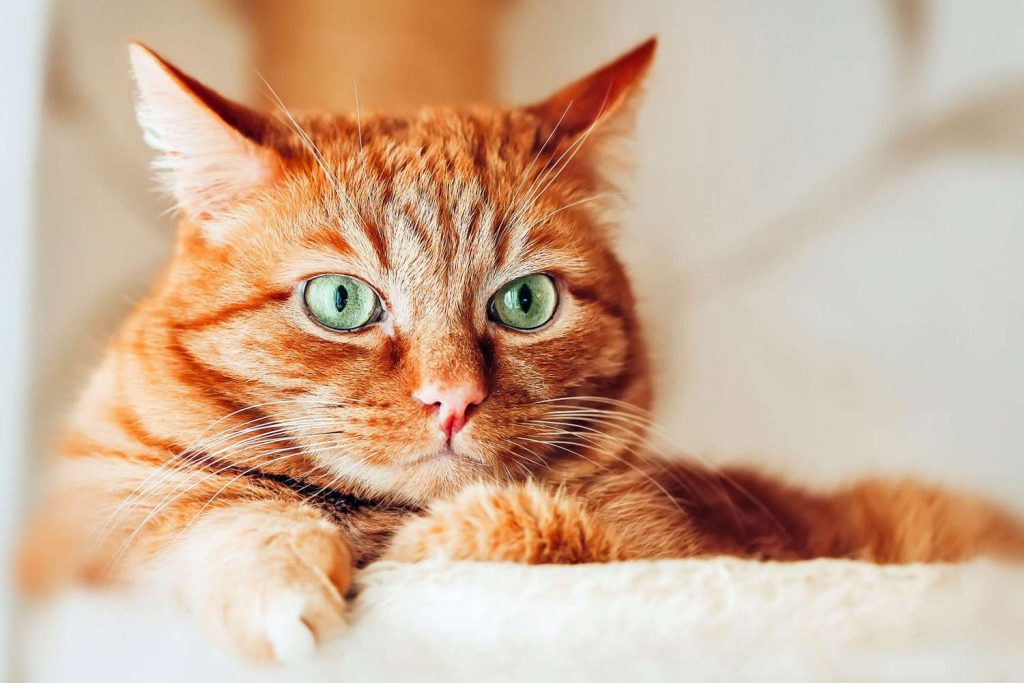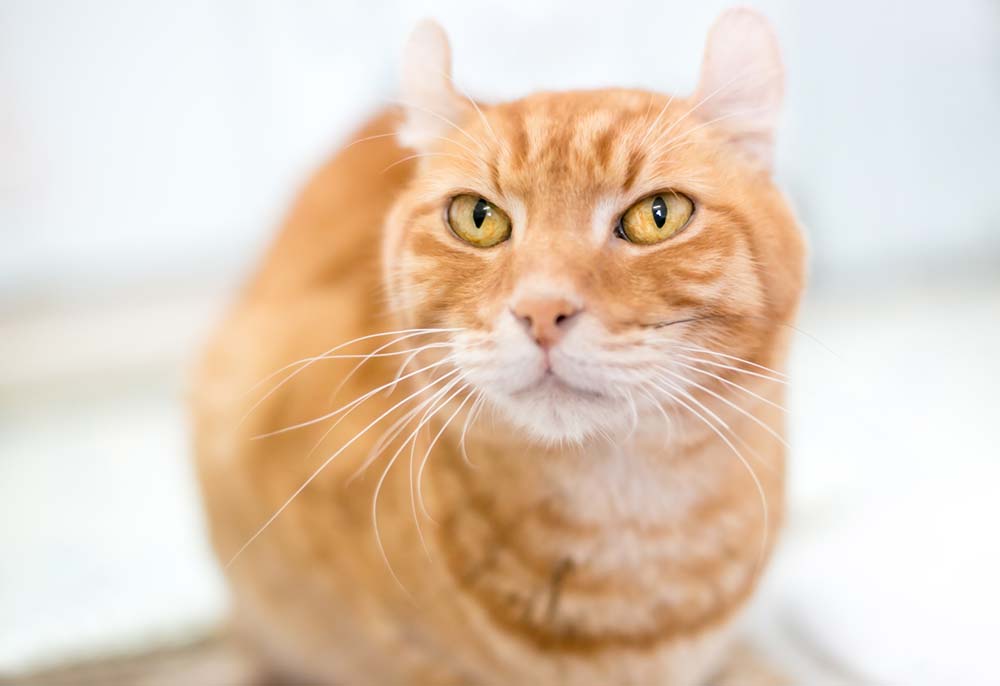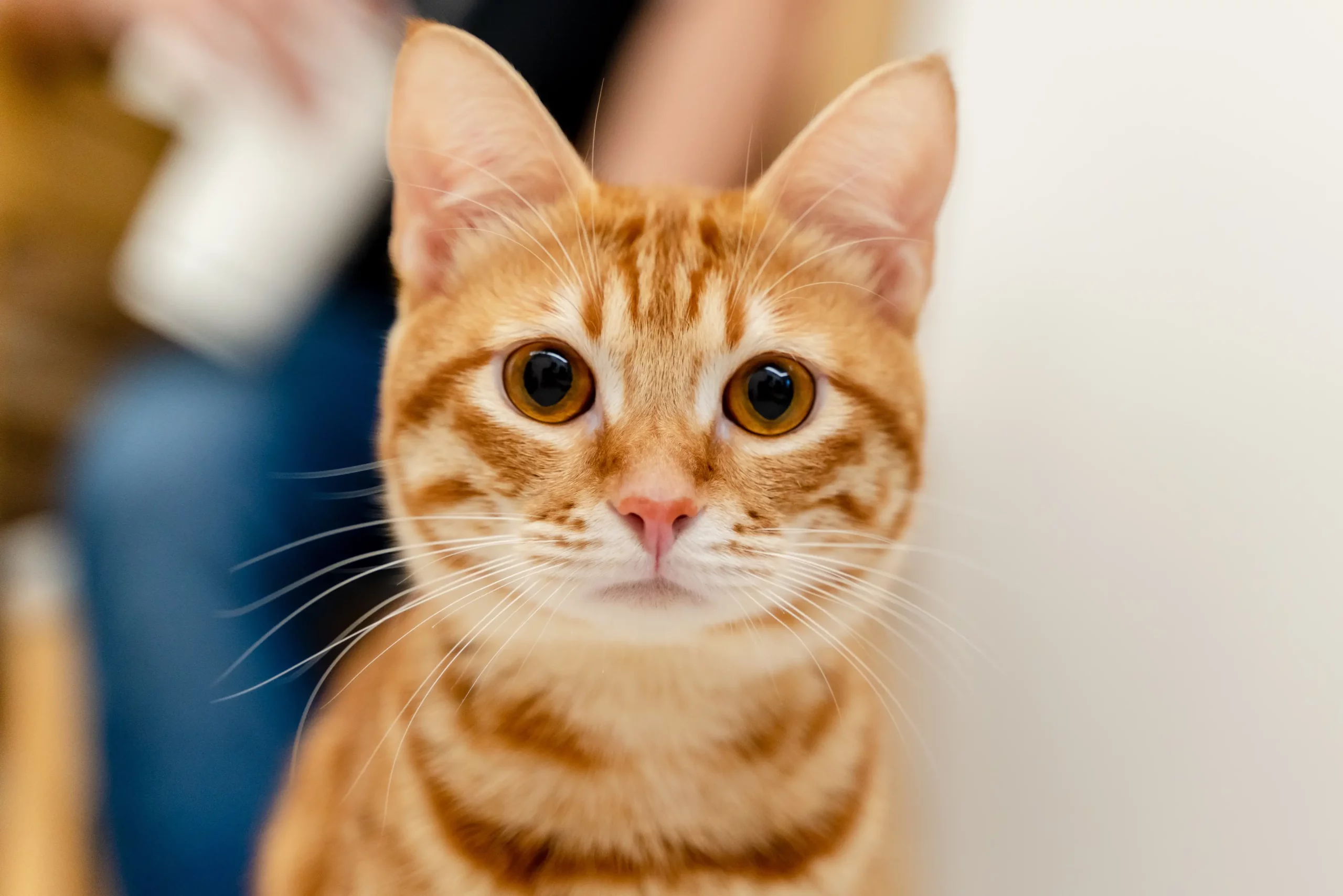Variety Overview
English Name: Orange Cat
Also Known As: Juzi Cat, Orange Cat
Size: Medium
Origin: Worldwide
Height: 30-50 cm
Lifespan: 10-14 years
Orange tabby cats are a common sight among domestic felines. They appear frequently in both mixed-breed and purebred cats that don’t have specific coat color standards. This coloration is tied to genetic factors rather than any particular breed.
Typically, orange tabbies come in two patterns: solid orange and orange with white. Solid orange tabbies feature light white stripes across their bodies, with only a few showing white on their bellies. Orange and white tabbies display large patches of orange against a white background.
These cats often give off the impression of being voracious eaters prone to gaining weight easily, necessitating portion control. For instance, an animal shelter in the U.S. took in an orange tabby weighing 19 kilograms back in 2012. The famous cartoon character Garfield is modeled after an orange male Exotic Shorthair.
Note: “Orange tabby” broadly refers to any cat with an orangish coat color—ranging from tawny and light yellow to deep reddish-orange—similar to how calico and tortoiseshell refer to patterns rather than breeds. Numerous breeds like the American Shorthair, Exotic Shorthair, Japanese Bobtail, Japanese Shorthair, Oriental Shorthair, Persian Cat, and Maine Coon can exhibit this coloration. Thus, “orange tabby” does not denote a specific breed or exclusively refer to mixed-breed cats.
Development Origin

Orange-colored fur is common among domestic cats and can be found in both mixed-breed and purebred cats without specific coat color standards. This coloration is linked to genetic inheritance rather than any particular breed.
Typically, orange cats come in two main patterns: solid orange and orange with white. Solid orange cats usually feature faint white stripes across their bodies, with only a few exhibiting white bellies. Orange and white cats display large patches of orange against a white base coat.
Orange cats are often perceived as having a hearty appetite and being prone to weight gain, necessitating controlled feeding. In 2012, an animal shelter in the United States took in an orange cat that weighed 19 kilograms (about 42 pounds). The famous comic character Garfield was inspired by an orange male Exotic Shorthair cat.
Note: The term “orange cat” broadly refers to any cat with fur that resembles shades of orange—ranging from tawny and pale yellow to bright orange-yellow and reddish-orange. Similar to calico and tortoiseshell patterns, this coloration isn’t confined to any single breed. Breeds such as American Shorthair, Exotic Shorthair, Japanese Bobtail, Japanese Shorthair, Oriental Shorthair, Persian cat, Maine Coon, among others can all have individuals with this coloration. Therefore, “orange cat” does not denote a specific breed nor exclusively refer to mixed-breed cats.
Ideal Audience
- Office workers who aren’t particularly busy and don’t frequently travel for work can have ample free time to stay at home and care for an orange tabby cat.
- Even if the owner has a busy work schedule, having children or elderly family members at home makes it feasible to keep an orange tabby cat. The presence of children and seniors provides companionship and playtime for the Ragdoll cat, making it very happy.
- Individuals with independent financial means who have a strong affection for Ragdoll cats. Since owning an orange tabby cat involves monthly expenses, only those with stable financial conditions can ensure a higher quality of life for the Ragdoll cat.
Raising a pet cat requires individuals who are caring. Pet cats serve as companions to their owners and bring joy to the household. However, it’s important to respect Ragdoll cats as pet friends so that everyone in the family can live together happily and harmoniously.

Feeding Guidelines
- First off, baby orange cats are really easy to care for. When they’re little, you can give them some milk since it’s crucial for their growth if they’re too young and don’t get enough milk. Typically, you can feed them milk daily and later introduce rice mixed with some fish broth.
- Despite their size, baby orange cats have great appetites because they’re generally not picky eaters and have strong survival skills that allow them to adapt to harsh environments. To manage their food intake and prevent obesity, you can feed them grains.
- Baby orange cats tend to be lazy and aren’t big on exercise. It’s important to play with them often so they stay active and boost their immune system; otherwise, just eating and sleeping all day could make them sick.
- Grooming is essential for baby orange cats as their fur isn’t long but easily collects dust. While they groom themselves, they can’t reach their backs well. Regular brushing will keep their fur clean since they’re too small for baths.
- It’s crucial to train baby orange cats early on to use a designated toilet area; otherwise, it’ll be hard once they’re older. A simple method is using a special litter box filled with sand where they learn to go every time.
- Lastly, taking your baby orange cat for walks is necessary as these cats enjoy human companionship more than others but don’t like exercising much on their own. Walks help instill good exercise habits and prevent obesity-related health issues.
